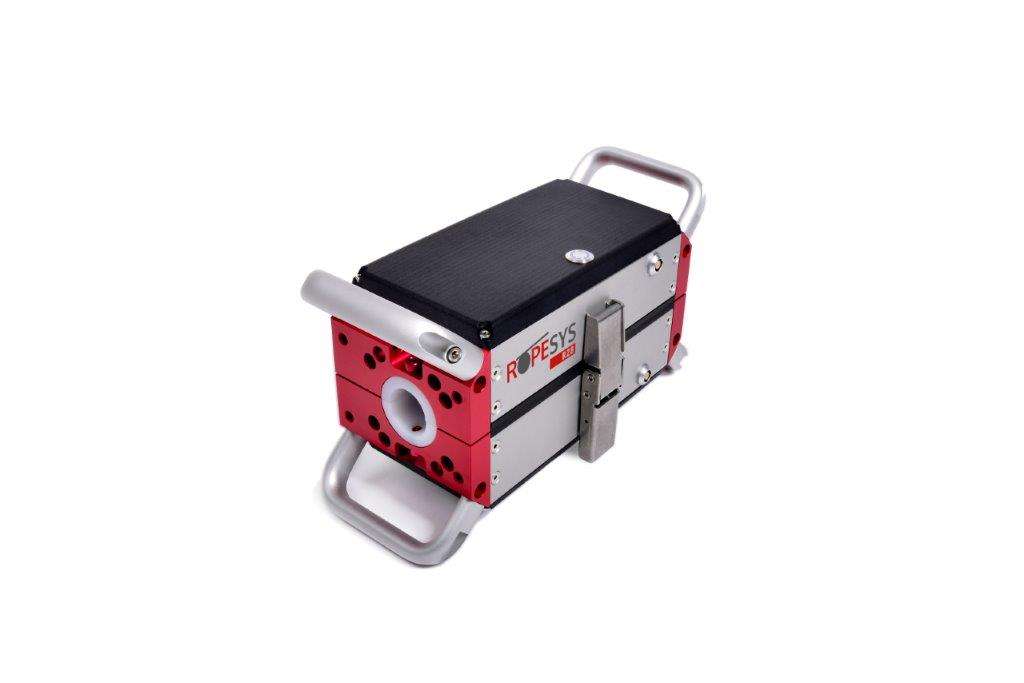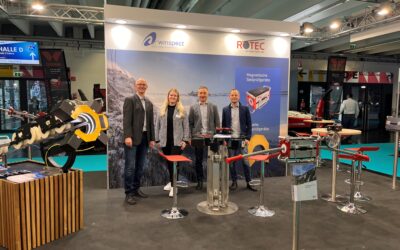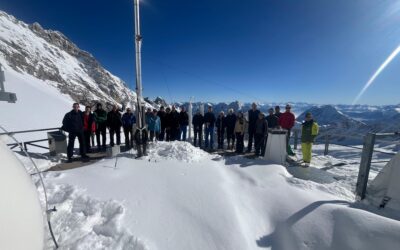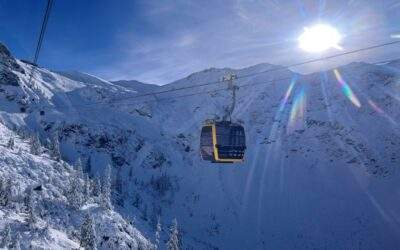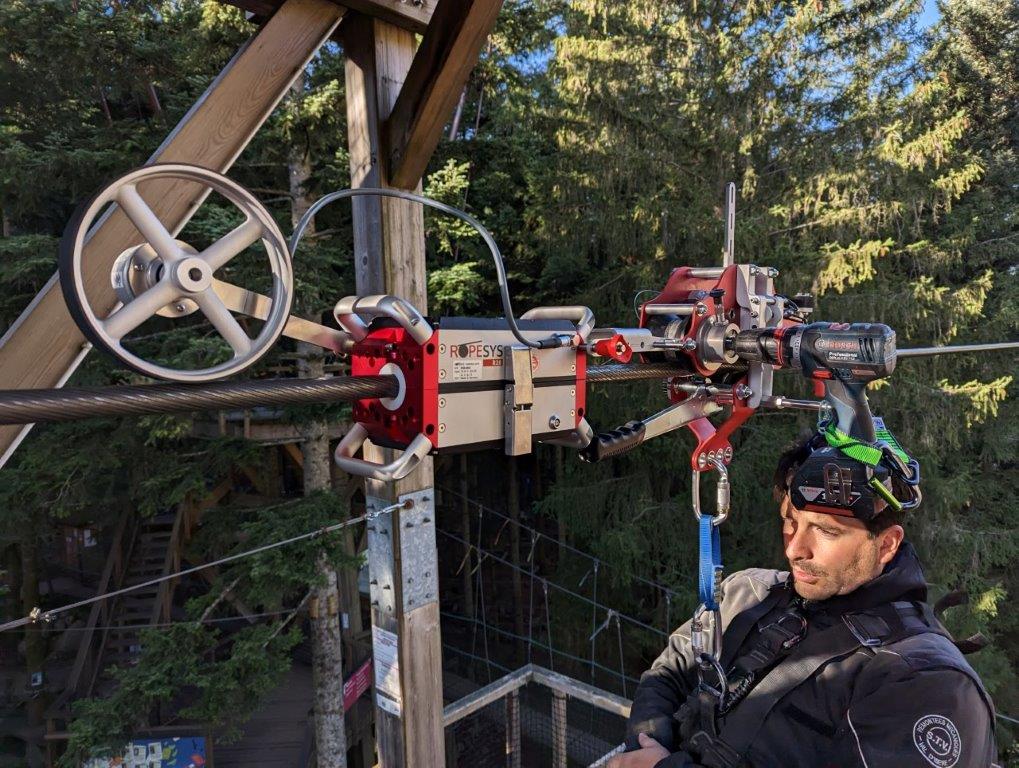
Wire ropes of rope slides must also be checked regularly. Now the rope travel specialist IMMOOS and the test equipment manufacturer ROTEC are presenting a compact solution.
On behalf of the French Zip Line manufacturer Aerofun SAS, which offers rope testing on its “Fantasticable” customer installations as an international service, the rope travel specialist IMMOOS and the testing equipment manufacturer ROTEC developed a new complete system that covers all the
driving requirements and, thanks to compact measuring technology and corresponding approvals, can also be transported by air without any problems. The basic components are the IMMOOS SS20 AWD rope travel device and the ROPESYS R28 magnetic rope testing device for rope diameters up to 28 mm. Both units can be mounted without tools using ball lock pins and are ready for use in a flash.
Weighing only 5.3 kg, the compact ROPESYS R28 rope tester (calibrated according to EN12927) is the smallest representative of the ROPESYS MRT family of instruments and, thanks to its integrated design, requires no attachments other than the travel measuring wheel. The measurement data is already digitized in the sensor head, and processed and recorded directly in the test instrument. Without further external electronics or cabling, the user can start the measurement via any WLAN-capable end device (notebook, tablet, smartphone, etc.) Test IMMOOS and ROTEC ZipLines safely
Wire ropes of rope slides must also be checked regularly. Now the rope travel specialist IMMOOS and the test equipment manufacturer ROTEC are presenting a compact solution. or stop and follow them live as well as in the aftermath. With the ROPESYS multi-channel system, the rope is scanned during the measurement not only with redundant coil channels but also with up to 48 rope-encircling magnetic field sensors. Subsequently, 3D images (3D heat map) of the rope can be generated from this, enabling detailed statements to be made about the rope in question, such as the location, depth and distribution of wire breaks across the rope cross-section or geometric defects, such as the displacement of individual strands.
Changes in the rope cross-section are also recorded and reproduced via the LMA (Loss of Metallic Area) channel.
Link to the article on SEILBAHNEN INTERNATIONAL
